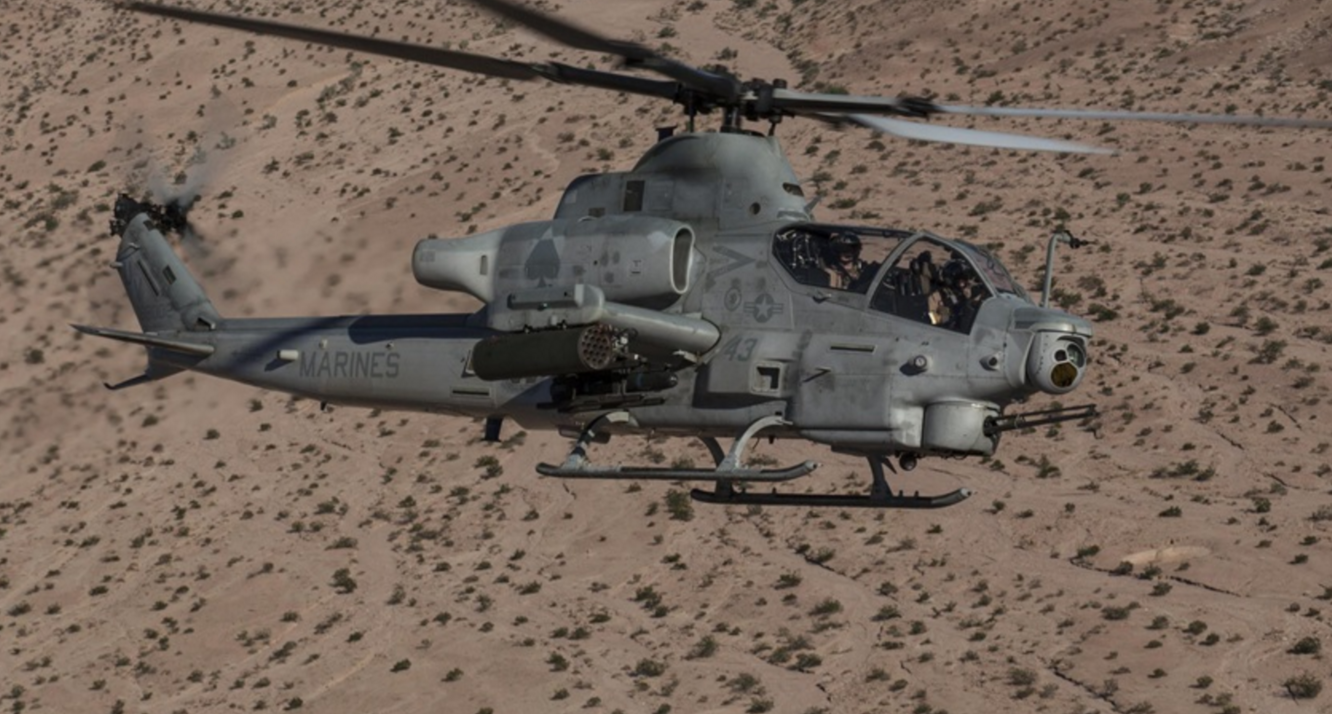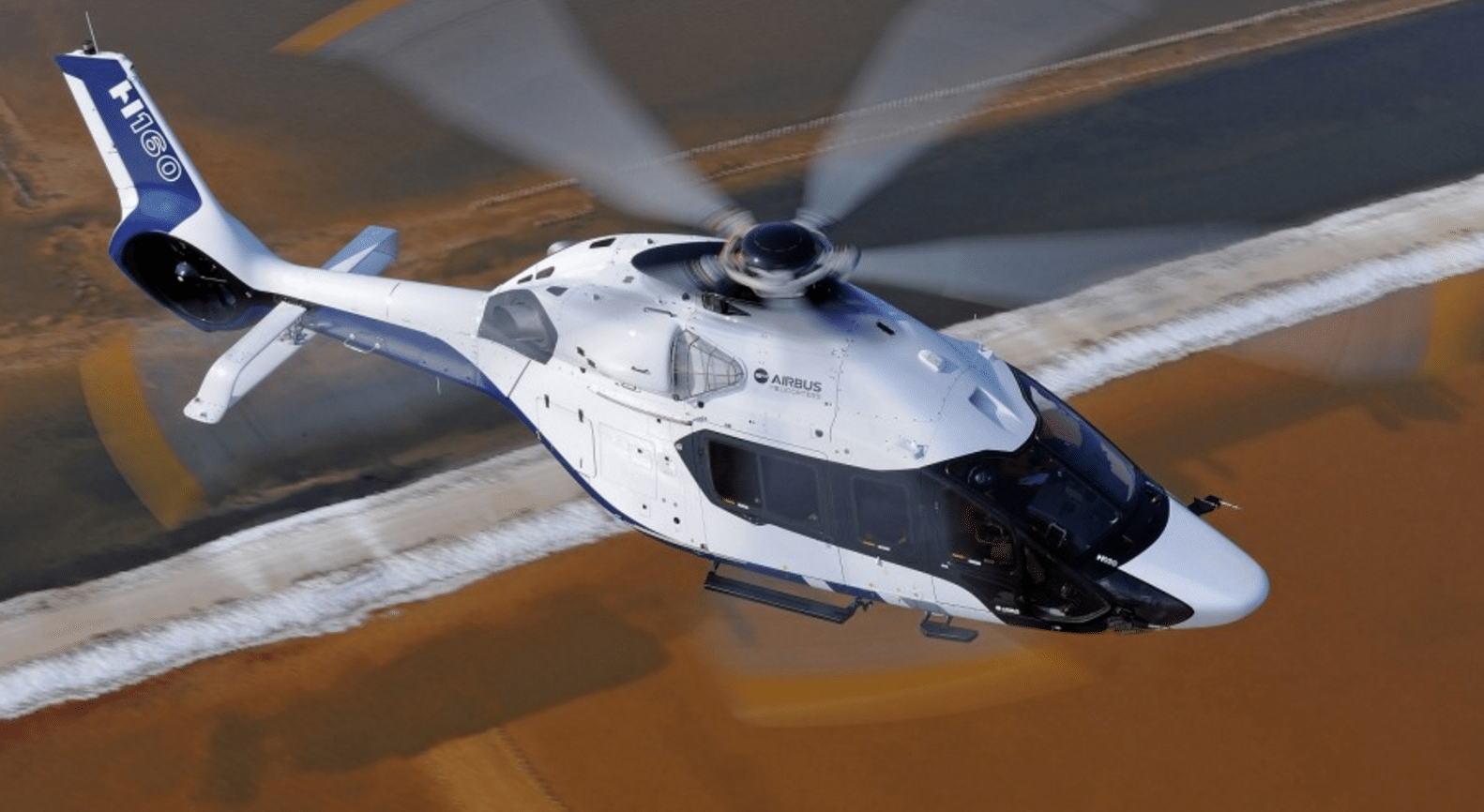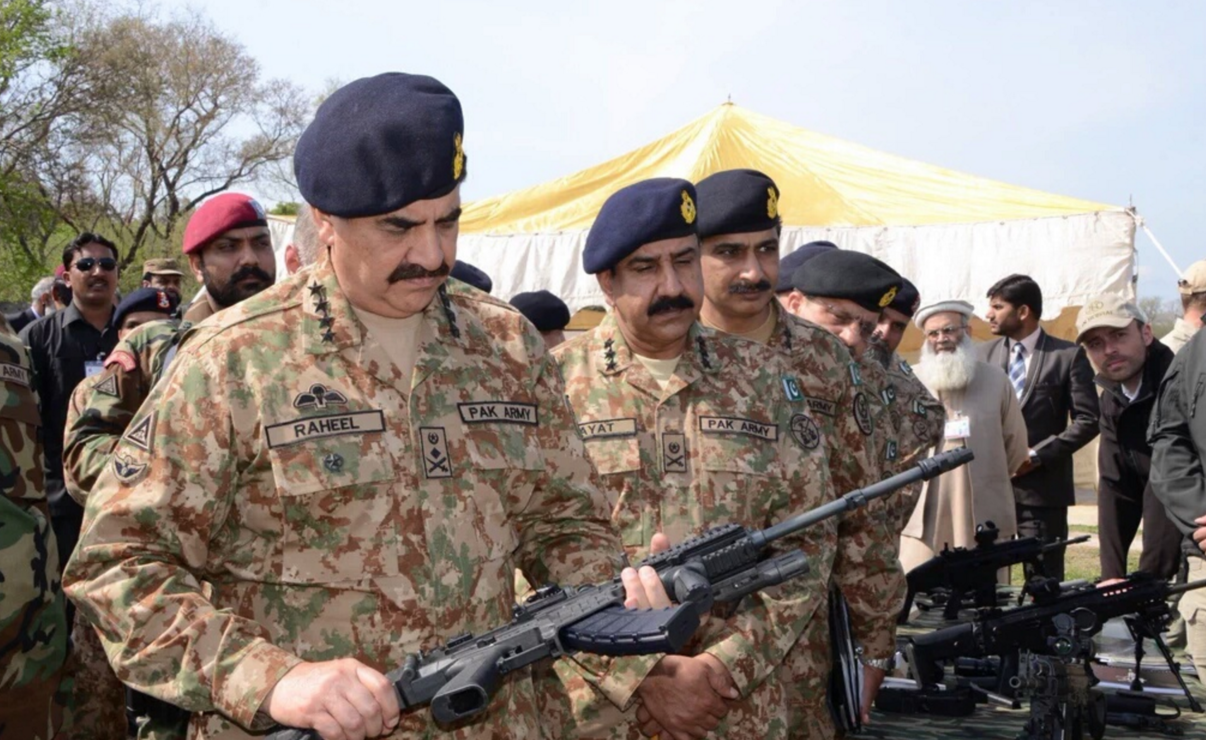2251Views 11Comments

Pakistan’s first AH-1Z attack helicopters on-track for 2017 delivery
As per Bell Helicopter (via Shephard Media), the Pakistan Army’s first batch of Bell Helicopter AH-1Z Viper attack helicopters are on track for delivery in 2017.
At the 2017 Paris Air Show, Bell Helicopter’s vice president of international military sales Rich Harris told journalists that the first three helicopters (from an order of 12) are undergoing final assembly in Amarillo, Texas. Harris stated that the remaining nine will be delivered to Pakistan in 2018.
The U.S. State Department approved a sale of 15 AH-1Z to Pakistan in April 2015 along with 1,000 AGM-114R Hellfire II laser-guided air-to-surface missiles. The cumulative value of the package (including training, logistics and maintenance support) is $952 million U.S. Pakistan ordered the first three aircraft in August 2015, which it then followed-up with an order of nine in April 2016.
It is not known if Pakistan will order the three remaining AH-1Z, though the original sale proposal released by the Defence Security Cooperation Agency (DSCA) did not specify any optional aircraft (from the 15).
The AH-1Z is powered by two General Electric T700-GE-401C turboshaft engines, each providing 1,800 shp in output. The AH-1Z has a maximum take-off weight of 8,390 kg and maximum payload capacity of 16 anti-tank guided missiles (ATGM).
Pakistan’s AH-1Z will also come configured with Thales TopOwl helmet-mounted display (HMD) systems, Lockheed Martin AN/AAQ-30 Target Sight System electro-optical and infrared (EO/IR) pods, BAE AN/ALE-47 chaff/flare countermeasure dispensers, Northrop AN/APR-39C(v2) radar warning receivers (RWR) and Orbital ATK AN/AAR-47 missile warning receivers.
Notes & Comments:
Bell Helicopter is a division of Textron, which also owns – among others – The Cessna Aircraft Company and Beechcraft Corporation. Pakistan operates Cessna 208 and T206H as well as Beechcraft King Air 350 aircraft in logistics and intelligence, surveillance reconnaissance (ISR) roles, respectively.
The Pakistan Army sought the AH-1Z to begin supplanting its AH-1F/S Cobra attack helicopters, which had seen significant use as close air support (CAS) assets in Pakistan’s counterinsurgency (COIN) campaign in its northwest regions over the past decade. It also ordered four Russian Helicopters Mil Mi-35M assault helicopters for $153 million (with the requisite support equipment).
In comparison to the AH-1F/S, the AH-1Z is a much heavier machine. Besides a markedly larger payload, the AH-1Z is a more sophisticated aircraft benefitting from integrated subsystems, such as EO/IR pod (for situational awareness and ATGM targeting), countermeasures suite for anti-air warfare threats and HMD for seamlessly cueing the EO/IR pod to targets.
These qualitative gains will augment the Pakistan Army’s Aviation Combat Group, enabling fewer AH-1Zs to emulate the operational impact of a larger AH-1F/S force (at least in Pakistan’s COIN theatre). The Mi-35M will likely exhibit analogous subsystems to the AH-1Z, but will also provide lift capability (for troops, supplies and medical evacuation).
Pakistan also evaluated the Turkish Aerospace Industries (TAI) T-129 ATAK and Changhe Aircraft Industries Corporation (CAIC) Z-10 in 2016. Both platforms sit in the same weight and capability class, which suggests that the Pakistan Army examined the prospect of augmenting the AH-1Z with a lighter machine. The intent for another attack helicopter – and accompanying expansion of the Aviation Combat Group – is likely to provide adequate CAS coverage for the Army’s armour and infantry on its eastern flank.
TAI’s General Manager Dr. Temel Kotil visited Pakistan Aeronautical Complex (PAC) at the end of May, offering partial parts manufacturing for the T-129 should Pakistan select it. The T-129 ATAK would also provide Aselsan, Roketsan and Havelsan opportunities to expand their respective market share in Pakistan through subsystem, munition and ancillary system sales.



11 Comments
by Irfan Ullah
How will Tata deal with Lockheed Martin for local production of F16 s in India will effect PAF ????Pakistan now need big tickets deals this year I think to counter the Indians …….
by Shafiq Ahmed
Pakistan should choose TAI T-129 with transfer of technology and local manufacturing.Turkey is our brotherly country and super power of Islamic World.The deal will benefit both us and our Turk brothers
by Shakeel
It would not suprise me at all if the Ah-1Z non-delivery becomes a reality. The delivery can easily be torpedoed at any stage of the delivery. US intransigence to touch base with Pakistan on many key issues & it’s pro-Indian slant brew significant question marks as to whether this Ah-1Z deal will actually be delivered.
by jamshed_kharian_pak
Long Live Peoples & Armed Forces Of Islamic Republic Ofv Pakistan
by ali amanat
Indeed pakistan army need more such vessels ,but need to choose one , that comes with tranfer of technology and local production, by the way why not reverse engineer these sub systems , if not possible to develop a new system but these activities must be cntinue to stay in the business and competition.
by kaster
What about the Z-10? Is the army only going to operate 3 of them.
by Ali Afzal
AH-1z viper is best gunship helicopter for Pakistan but Pak can buy mi-28 or T-129 because they are cheaper in cost and we need more gunship helicopters.
by ahmria
I think Pakistan should have gone with the T-129 because as impressive as these birds are at some point in the future when Uncle Sam gets cross with Pakistan the Americans will withdraw spares for these vipers and they will be grounded. I hope the Turks are able to build a quality indigenous turboshaft engine for the T-129 as then we if we buy them and any other operator will be able to operate them without any conditions curtesy of Uncle Sam.
by Shaheer Anjum
Just my opinion, but the effect would be minimal. Firstly, India has flown against the f16 at red flag and other exercises, it evaluated it before selection of the rafale, just as PAF has experienced su30mkk and j11. In that respect both forces already have plans to deal with each other. As for the supply chain for PAF, I believe tai in Turkey is the most likely option, as it is now, going forward, hence there won’t be serious impact. There’s no guarantee that despite having production of the aircraft that the IAF will actually select the aircraft and not to mention that the transfer and finalization as well as gearing up for production will take a few years at least, lastly let’s not forget the lumbering Indian bureaucracy, and this is just my opinion, but it’ll be at least 4-5 years before an Indian f16 finally rolls of the production line.
by SP
The American helicopters cost €80 million a unit including support package whilst the Russian helicopters cost €40 million a unit with the support package. Paying around 100 billion rupees for 12 us helicopters make no sense in particular when these are used mainly for taking the officers from one location to another rather than actual fighting. Internally produced armed drones would be better and more economical to fight against insurgents.
Even if the funds used to buy these are obtained from the USA in the first place, there could be other items which would be better choices perhaps like night vision googles or equipment for special forces.
by Steve
Our AH-1F/S are getting a bit old and will need to be replaced soon, having seen heavy combat. We have just over 50 of them, and replacing 1:1 with Vipers is not really cost effective. There is also the perennial question of congressional approval. It is however good to see the Army aviation ACG investing in specialised aircraft like AH-1Z Viper which is coming with 1000 Hellfires, which is its major selling point. The Mil-35 for COIN is also a great machine and is needed. We will probably end up with about 20-30 of both types. I think the T-129 will make up numbers and be built locally, and become to the army aviation what Thunder is to the air force.